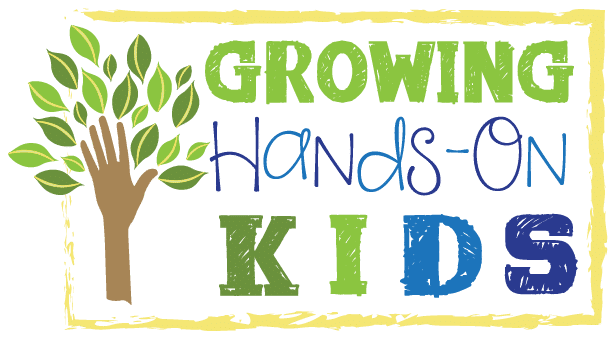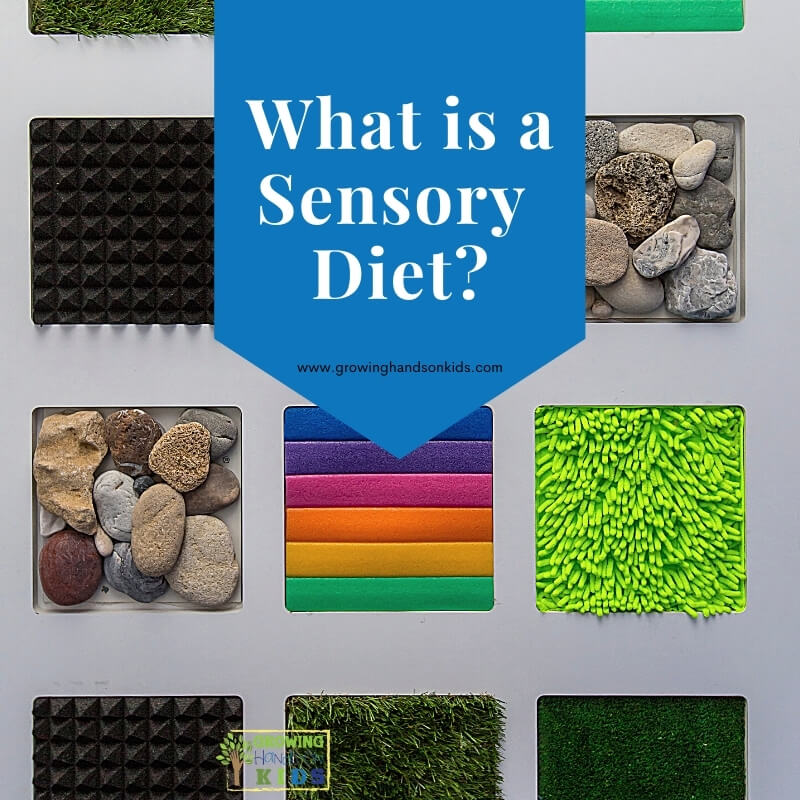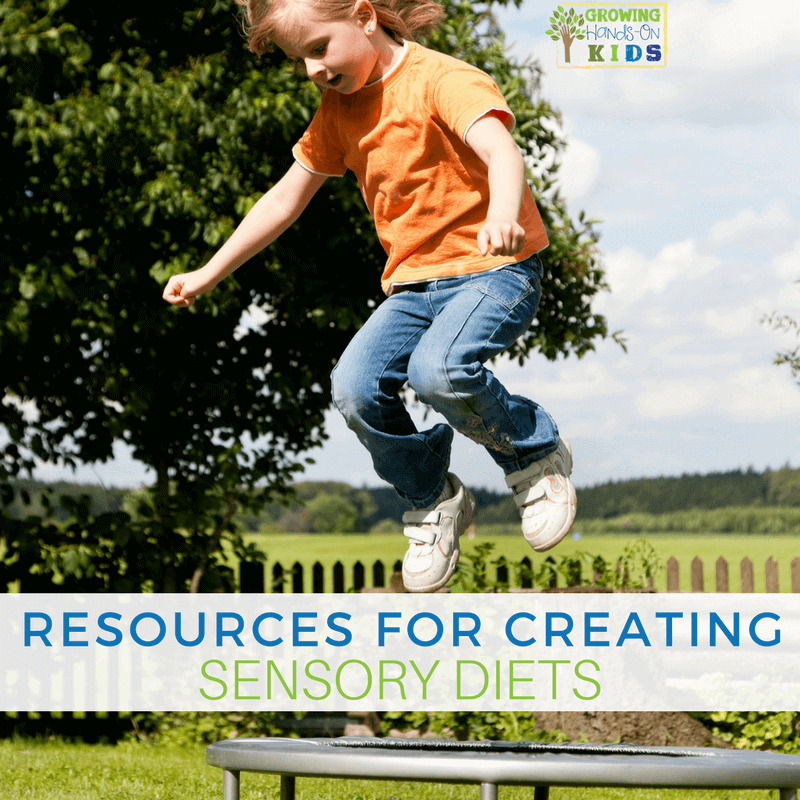What is a Sensory Diet?
Affiliate and Referral links are used below to promote products I love and recommend. I receive a commission on any purchases made through these links. Please see my disclosure policy for more details. As an Amazon Associate, I earn from qualifying purchases.
What are sensory diets? Who are they for and who should create one? Today we will answer the question “what is a sensory diet” as well as who can develop them, use them, and who a sensory diet might benefit.
I recently attended three continuing education classes on sensory diets for my certification as an Occupational Therapy Assistant. These all-day classes had a wealth of information and there is no way to share everything that was covered. However, I wanted to give you a brief overview of some of the things discussed and also some further reading material so you can do research on your own.
Many of these continuing education classes are also opened to parents and teachers, so definitely check them out for one in your area. Education Resources Inc., Sensational Brain, and Sensory Smarts were the three I attended recently.
2021 edit: Summit Education has some virtual classes and Sensational Brain has also had quite a few live virtual classes lately. Check out their websites for more information.
Summit Education has a class specifically called: Developing and Implementing Effective Sensory Diets for Children and Adolescents by Gwen Wild, MOT, OTR.
What is a Sensory Diet?
The basic answer to this question is:
“The optimum sensorimotor input a person needs to feel alert, exert effortless control, and perform at peak.” – Biel & Peske
In laymen's terms that basically means whatever sensory input a person needs (auditory, visual, taste, touch, smell, proprioceptive, or vestibular input) in order to go about their day at their highest potential.
We all have small ways that we do this ourselves without even knowing it. For example, while sitting in a long meeting or continuing education class, I may switch positions in my seat after sitting for a while, get up to get a drink of water, fidget with my pen or pencil, start twirling my hair, chew the inside of my cheeks, chew gum, or suck on some hard candies. All of these things help me to stay alert and attentive during the lecture or meeting.
For children who have a hard time processing sensory input, they may need a “schedule” of sensory activities or input placed into their day to help them do this. This is what a sensory diet or sensory schedule is intended to do for that child.
The key to a sensory diet is to find the “optimum sensorimotor input” a child needs before, during, or after an activity to keep them going. And for each child, this is going to be different. You will not find a one size fits all sensory diet. Each one should be based on that individual child and situation.
Who Can Benefit from a Sensory Diet
Children who have a hard time integrating sensory input based on a variety of diagnoses or behaviors can benefit from a sensory diet. These types of diagnoses could include Autism Spectrum Disorders, Sensory Processing Disorder (check out my series on SPD for more details), ADD/ADHD, sensory modulation disorders including learning disabilities, fragile X, developmental delays, etc.
Who Can Create a Sensory Diet?
Ideally, a licensed Occupational Therapist who has experience in sensory processing should be the one to evaluate and determine the set-up of your child's sensory diet. In order for a sensory diet to work though, the entire team (teachers, family, professionals, doctors etc) must be on board and follow through with the activities or the benefits will be greatly diminished.
What Does a Sensory Diet Look Like?
As I said earlier, you will not find a one size fits all sensory diet. However, there are some basic ideas on how to use and set up a sensory diet.
Ideally, a sensory diet will include a visual schedule of breaks and activities for a child every 45 minutes to 2 hours. Typically a therapist will start out on the shorter end of that time frame and work up to every 2 hours, again depending on the child. Some may need shorter periods of time between breaks, like every 15 minutes.
The break can typically last from 10-20 minutes, again depending on the child and situation.
When the child gets to their break time, they are usually given visual picture options of sensory activities to choose from. These activities always begin with some type of vestibular or proprioceptive input (think heavy work, gross motor activities). Tactile activities are usually next. These three sensory systems are typically the big three that affect many children with sensory processing difficulties, so that is why a therapist will start there.
Again, depending on the child, auditory, visual, taste, and other types of sensory input could be offered.
Once the child finishes their break they return to the activity or task they were working on, with hopefully better focus and attention to the task.
Reading Resources on Sensory Processing
There are a ton of resources out there with ideas on activities for sensory diets. This is an area we will be looking at in the next post HERE.
In the meantime, here are some further reading resources you can look into.
The Sensory Lifestyle Handbook: How to Create Meaningful and Motivating Sensory Enrichment for Sensory-Filled DaysRaising a Sensory Smart Child: The Definitive Handbook for Helping Your Child with Sensory Processing Issues, Revised EditionThe Out-of-Sync Child: Recognizing and Coping with Sensory Processing Disorder (The Out-of-Sync Child Series)The Out-of-Sync Child Grows Up: Coping with Sensory Processing Disorder in the Adolescent and Young Adult Years (The Out-of-Sync Child Series)Sensational Kids: Hope and Help for Children with Sensory Processing Disorder (SPD)Sensory Processing 101
For more Occupational Therapy tips, be sure to follow my OT Tips Pinterest board.
You May Also Like:

Heather Greutman, COTA
Heather Greutman is a Certified Occupational Therapy Assistant with experience in school-based OT services for preschool through high school. She uses her background to share child development tips, tools, and strategies for parents, educators, and therapists. She is the author of many ebooks including The Basics of Fine Motor Skills, and Basics of Pre-Writing Skills, and co-author of Sensory Processing Explained: A Handbook for Parents and Educators.











Hi! What course did you take through educational resources? Thanks!
This is a lovely information written in simply way .God bless
This is a great and simplistic explanation of what a sensory diet entails.
I’ve been looking for a post like this — something to at least give me an idea of what a sensory diet is and what it should include.
Thank you!
So glad this post was helpful for you!